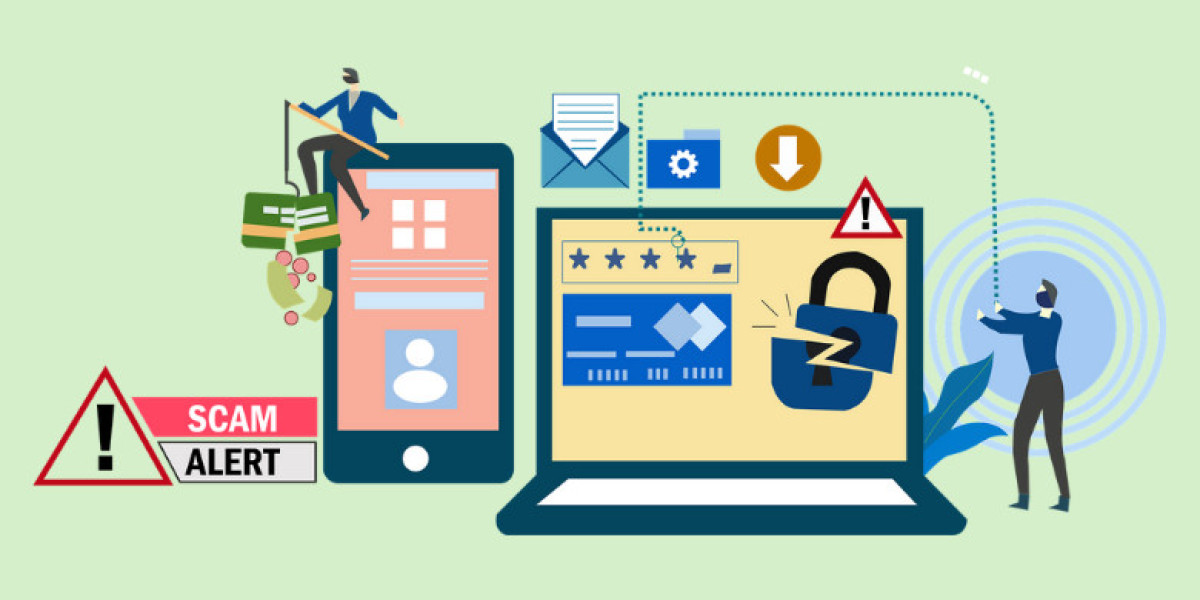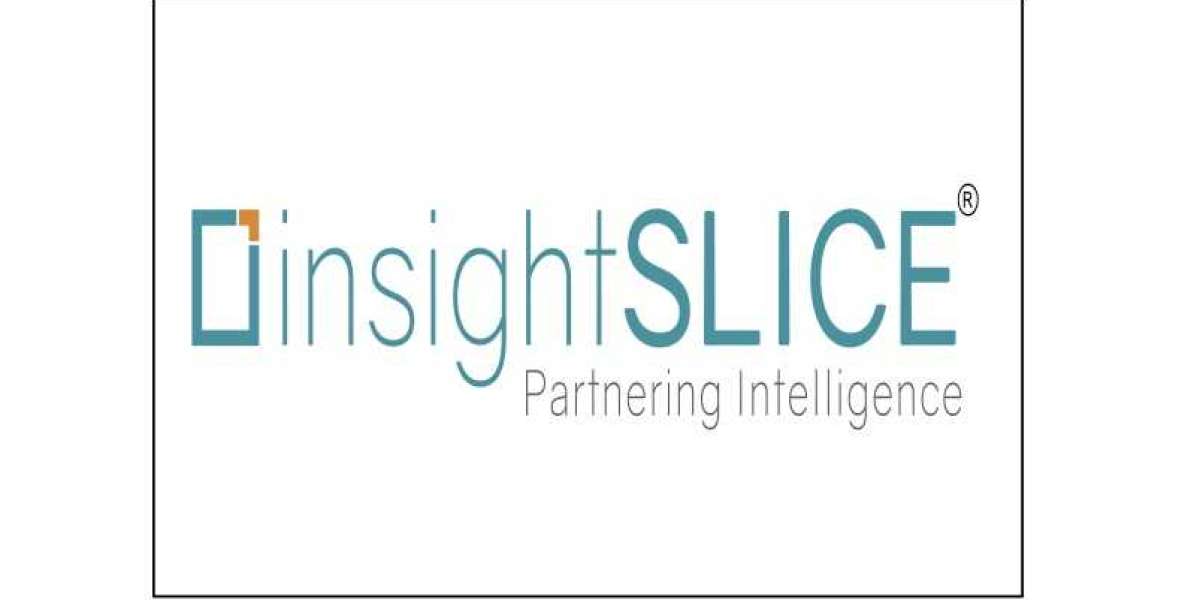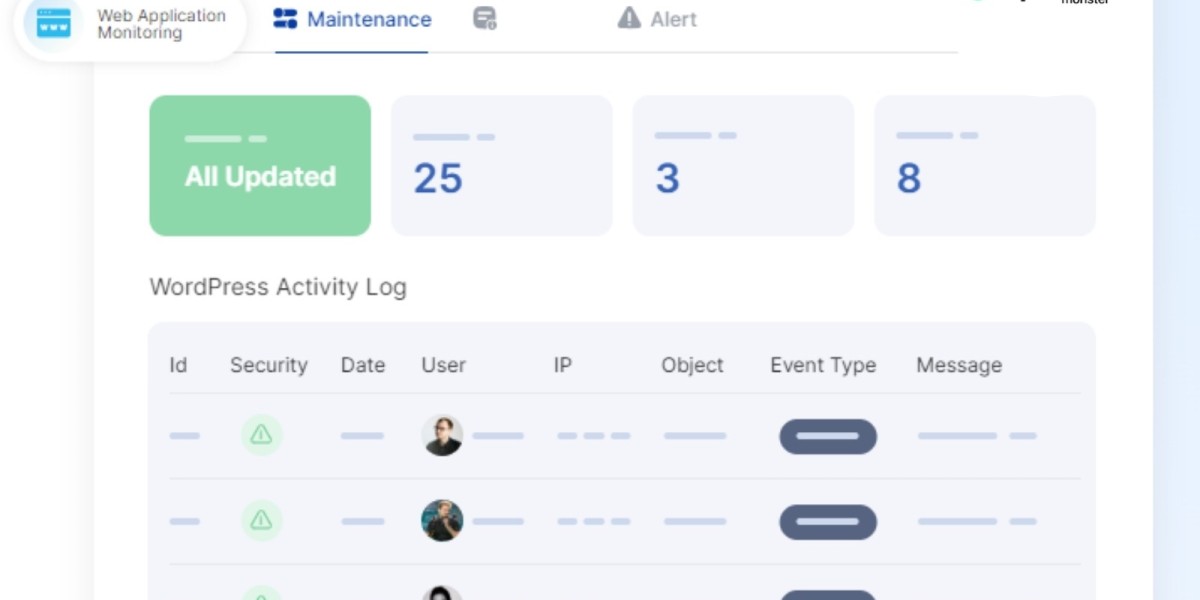Cybercriminals could target almost any business, but they usually choose their targets based on two factors: how much money they can make and how much damage they can do. Since these two things are true, hackers often go after financial institutions like banks and financial services. Organizations in the finance business keep very important and valuable data online. This includes information about credit cards, bank accounts, estates, wills, titles, and other secret information. These organizations also handle trillions of dollars every day. Also, their ongoing digital transformation efforts, the complicated legal environment, the complicated ecosystem of the supply chain, and the use of hybrid workspaces make it easier for hackers to get this data and sell it. Because of this, cybercriminals are going after the banking industry a lot.
The financial sector is a prime target for cybercriminals due to the sensitive nature of the data it handles. Here are some common cybersecurity threats in the financial sector and steps to prevent them:
- Phishing Attacks: Phishing emails and websites are designed to trick individuals into divulging sensitive information such as login credentials or financial details. To prevent phishing attacks:
- Train employees to recognize phishing attempts and report suspicious emails.
- Use email filters and anti-phishing tools to block malicious emails.
- Verify the legitimacy of websites before entering sensitive information.
- Enable email authentication protocols like SPF, DKIM, and DMARC to protect against email spoofing.
- Ransomware: Ransomware is a type of malware that encrypts data, holding it hostage until a ransom is paid. To mitigate the risk of ransomware:
- Regularly backup critical data and store it offline or in a secure cloud storage solution.
- Keep software and systems up to date with the latest security patches.
- Implement robust endpoint protection and anti-malware solutions.
- Educate employees about safe browsing habits and the importance of avoiding suspicious email attachments or links.
- Insider Threats: Insider threats can come from employees, contractors, or third-party vendors who have authorized access to sensitive systems and data. To address insider threats:
- Implement strict access controls and limit privileges based on job roles.
- Monitor user activity and detect any suspicious behavior or data exfiltration.
- Conduct regular security awareness training to educate employees about the risks of insider threats.
- Establish a culture of security and encourage employees to report any concerns or incidents promptly.
- Distributed Denial of Service (DDoS) Attacks: DDoS attacks overwhelm networks or websites with a flood of traffic, rendering them inaccessible. To defend against DDoS attacks:
- Employ DDoS mitigation services or solutions that can detect and filter out malicious traffic.
- Configure firewalls and routers to limit the impact of DDoS attacks.
- Maintain incident response plans to quickly mitigate and recover from DDoS attacks.
- Data Breaches: Data breaches can result in the exposure of sensitive customer information, leading to financial losses and reputational damage. To prevent data breaches:
- Encrypt sensitive data, both in transit and at rest.
- Implement strong access controls and multi-factor authentication.
- Regularly test and audit systems for vulnerabilities.
- Comply with relevant data protection regulations, such as the General Data Protection Regulation (GDPR) or Payment Card Industry Data Security Standard (PCI DSS).
- Social Engineering Attacks: Social engineering involves manipulating individuals to gain unauthorized access or obtain sensitive information. To combat social engineering attacks:
- Educate employees about social engineering techniques and the importance of verifying requests for sensitive information.
- Implement strict policies regarding the sharing of sensitive data and conduct regular security awareness training.
- Use email filters and spam detection mechanisms to minimize the risk of social engineering emails reaching employees.
In addition to these preventive measures, it's crucial to have an incident response plan in place to quickly and effectively respond to any cybersecurity incidents. Regular security assessments and penetration testing can also help identify vulnerabilities and strengthen defenses in the financial sector.
Conclusion: Cyber risks to companies that provide banking services will last until 2023. IT and security leaders in this field must continue to spend in the right mix of technology and skills to improve assurance. There is no one-size-fits-all strategy for cybersecurity, but the continuous security control validation method can improve a company's security quickly and in a big way. When paired with a change from reactive to proactive security, this method will help financial institutions feel more ready to deal with new threats.



